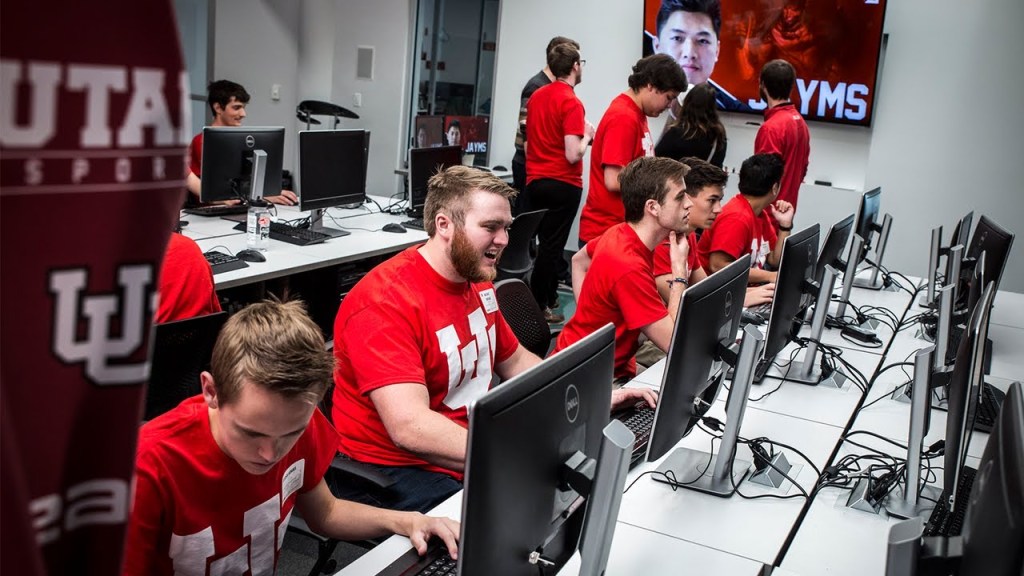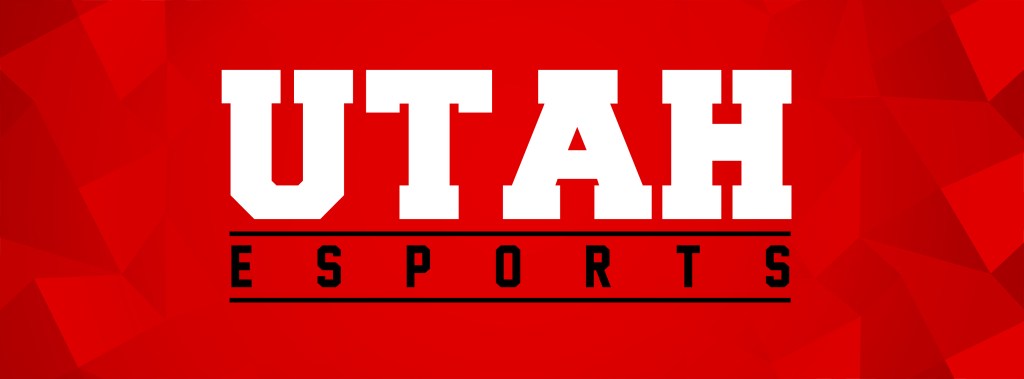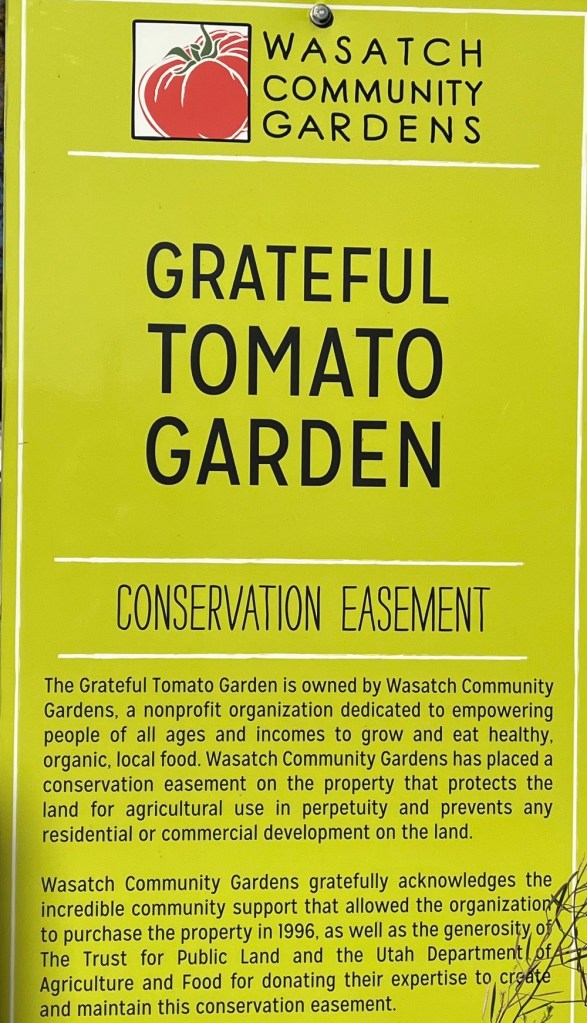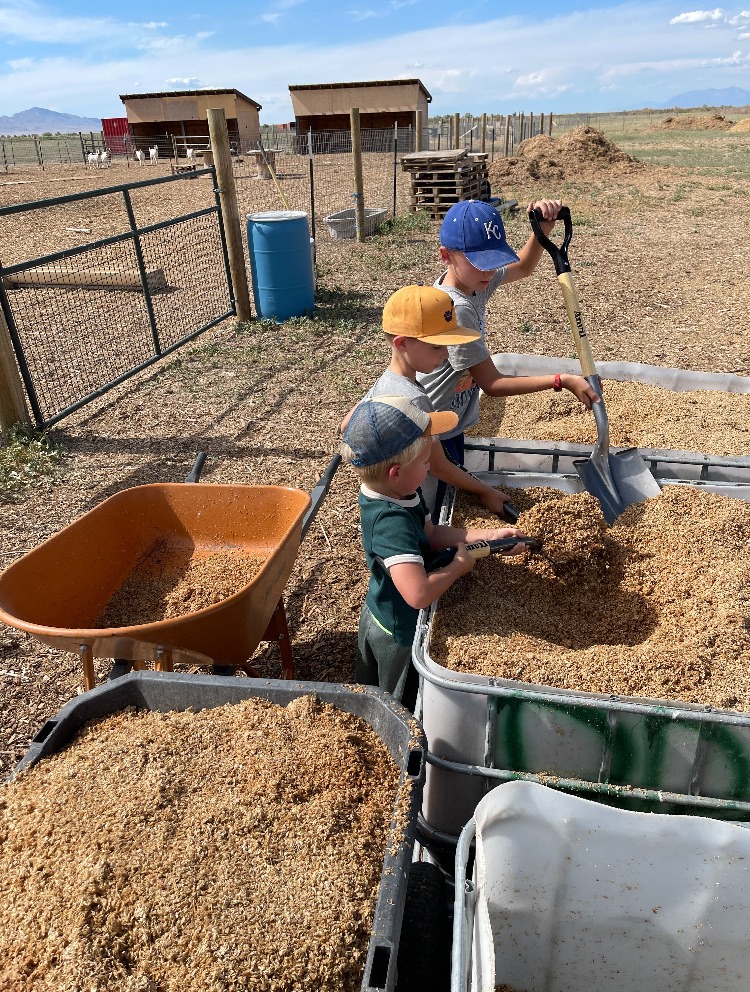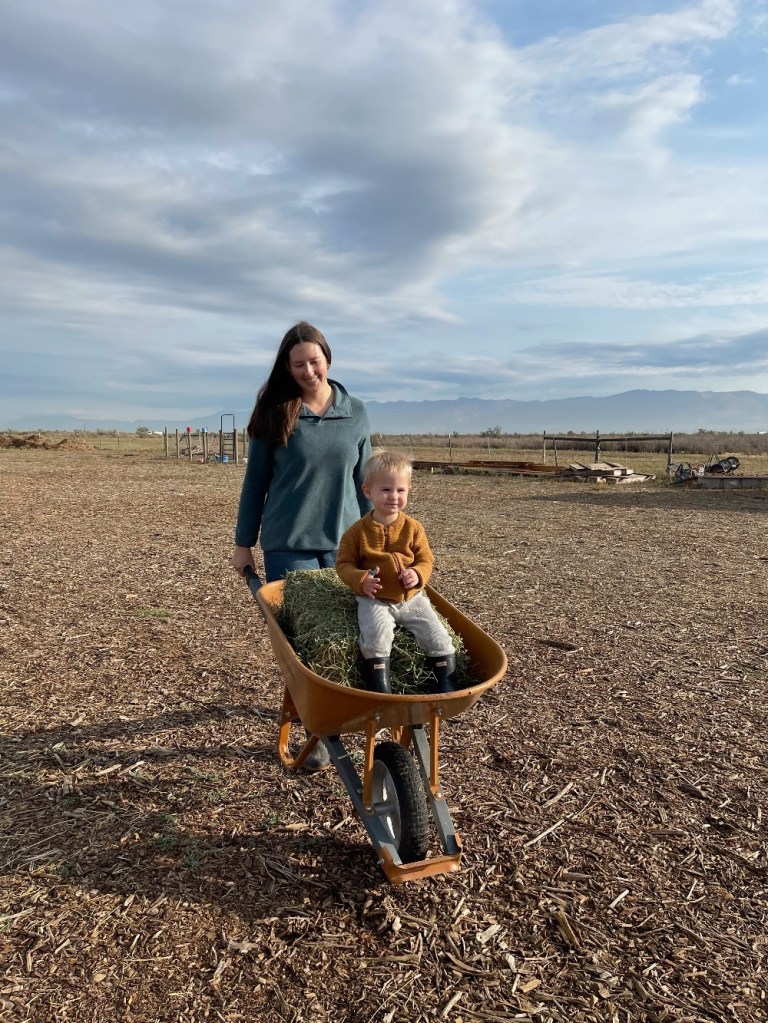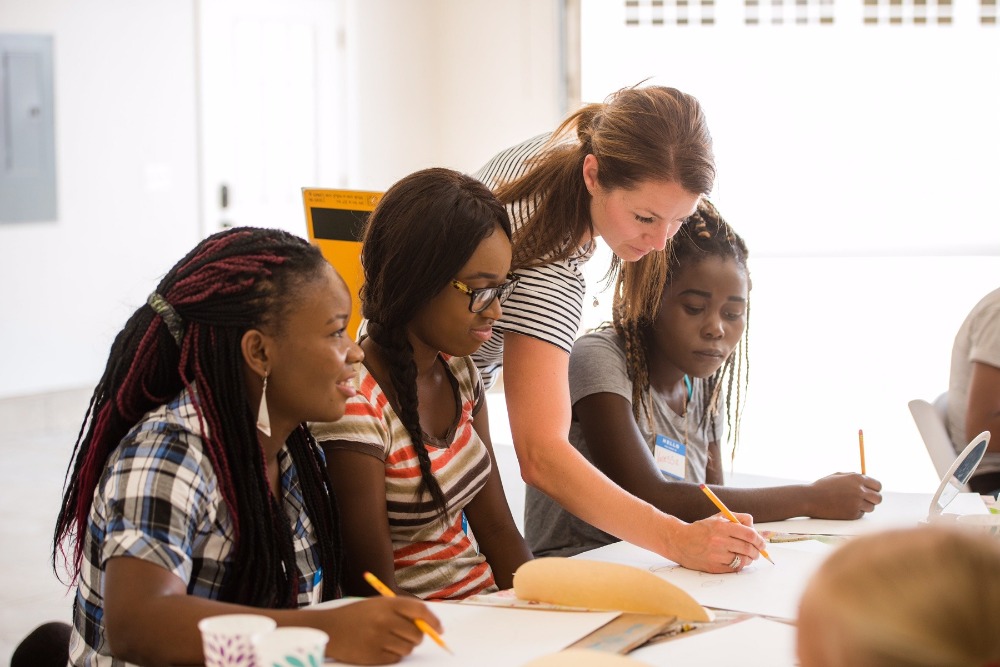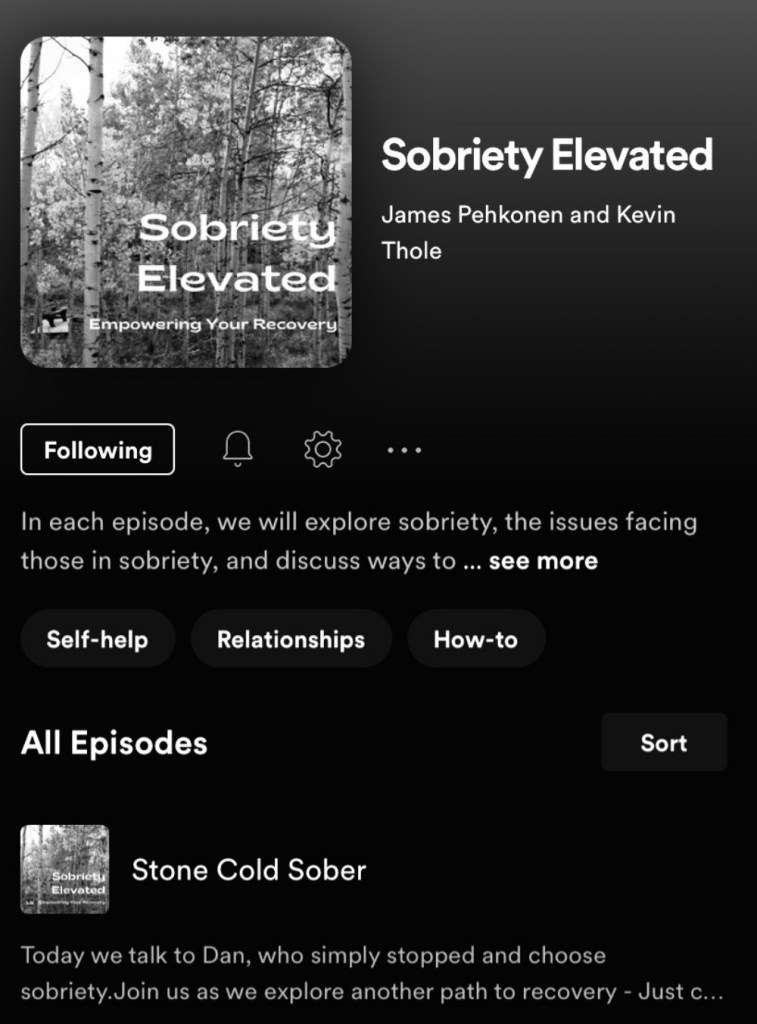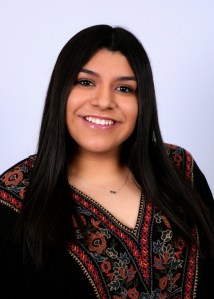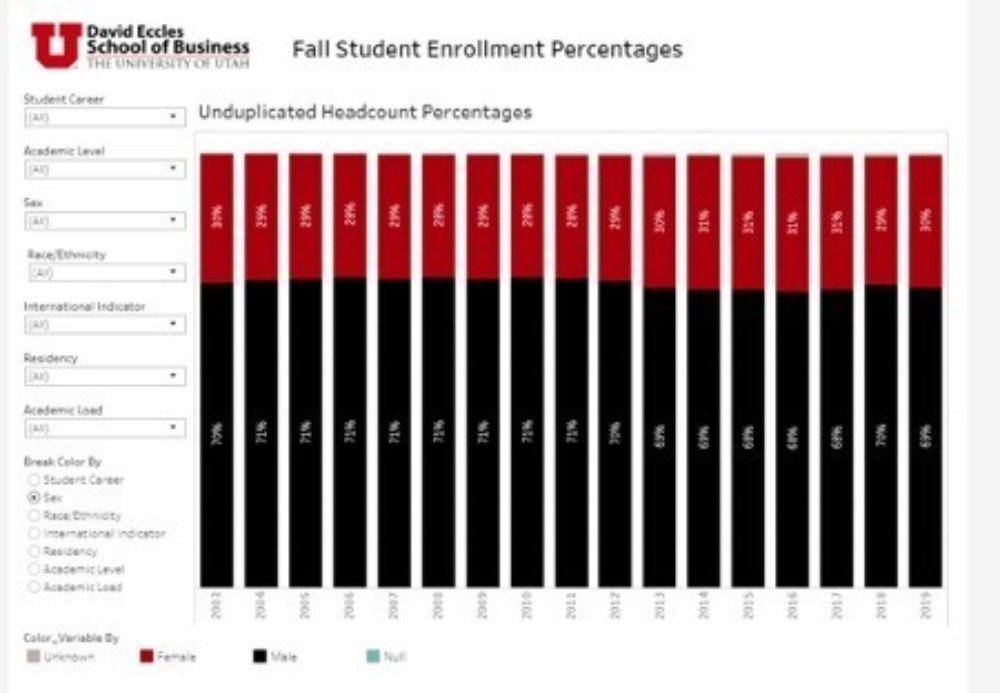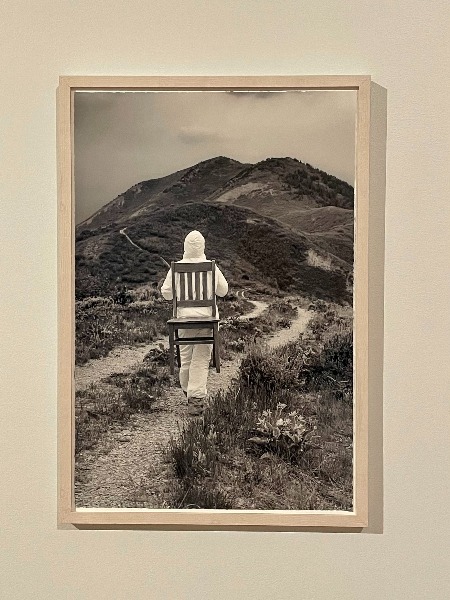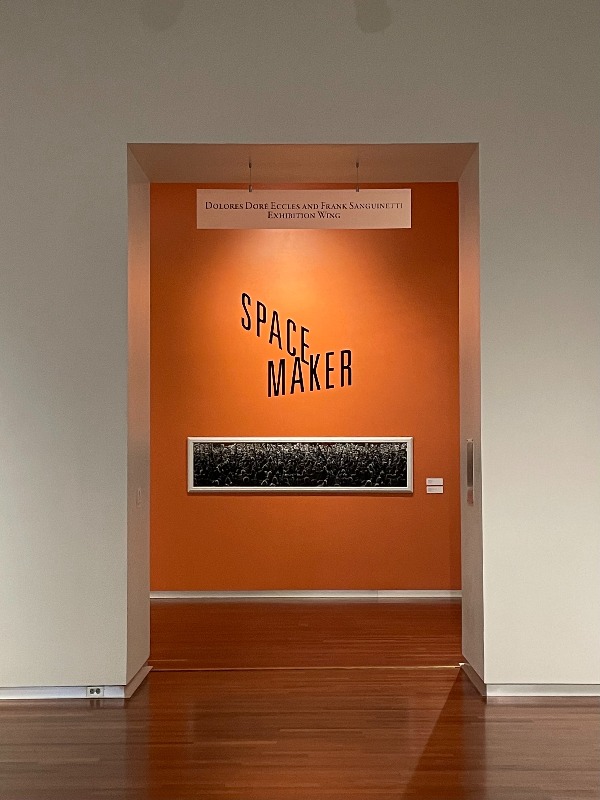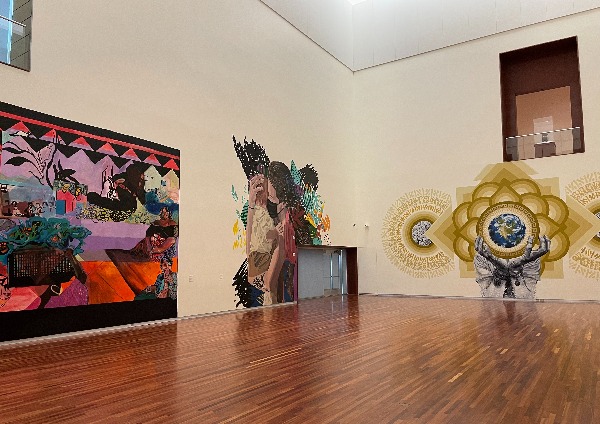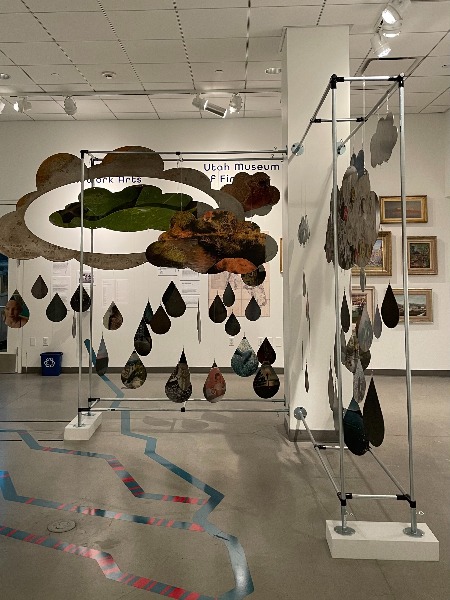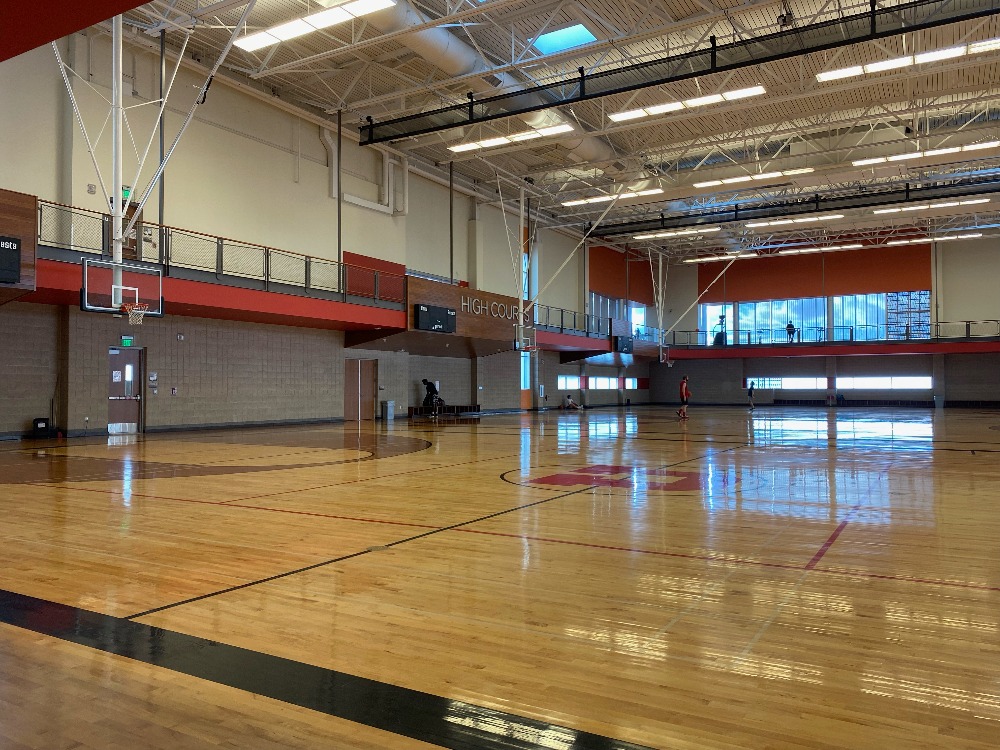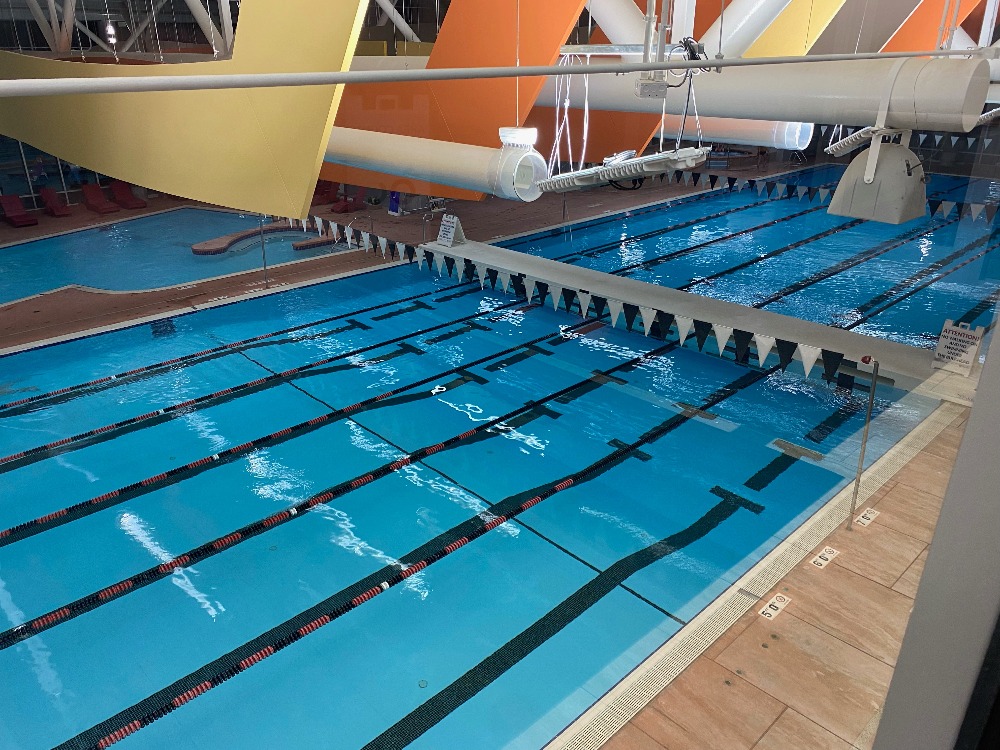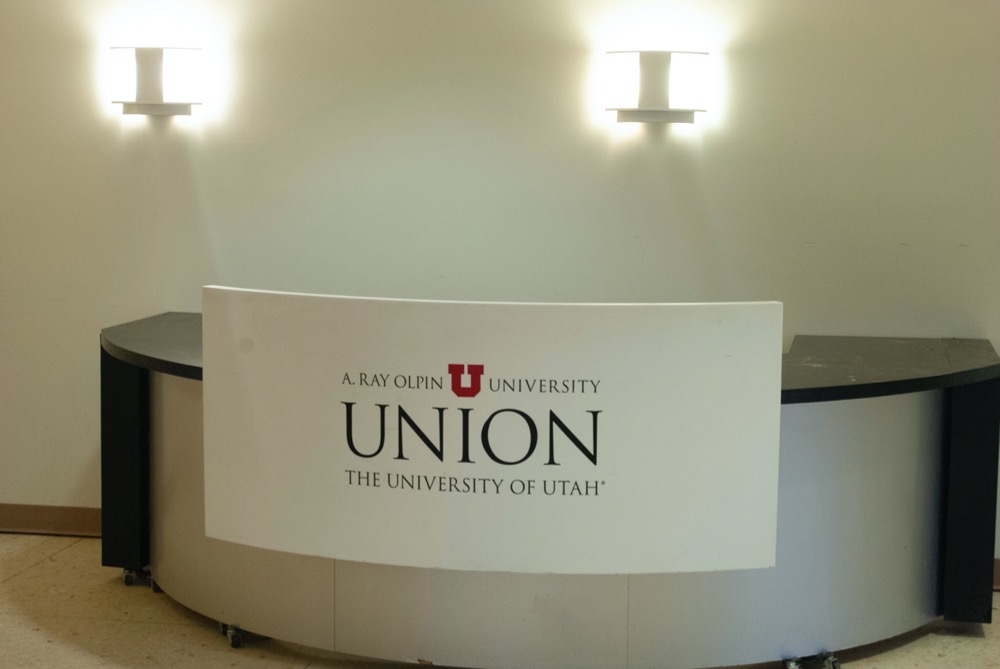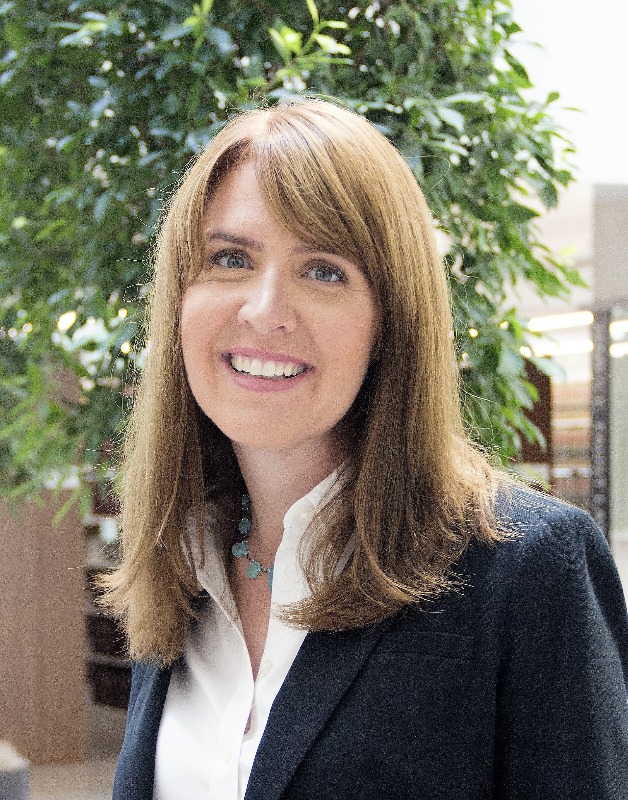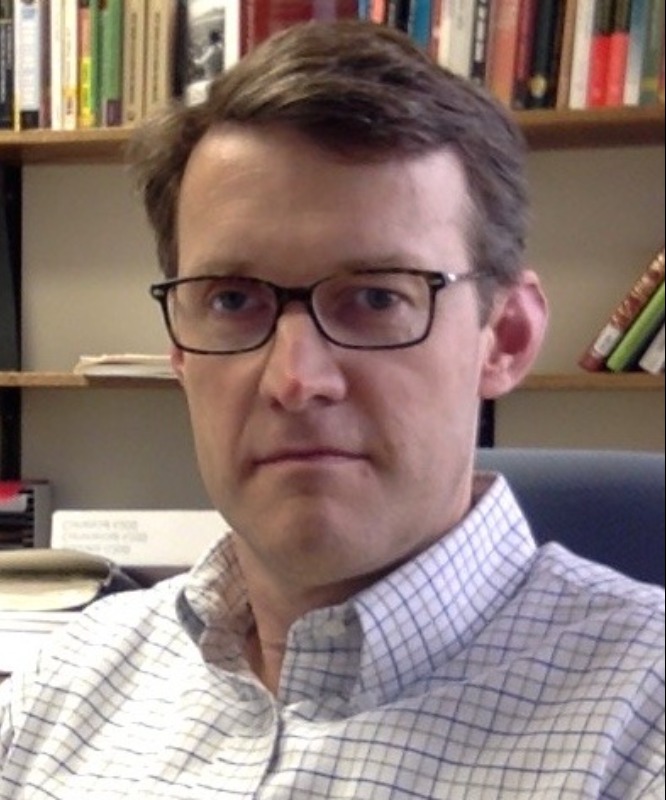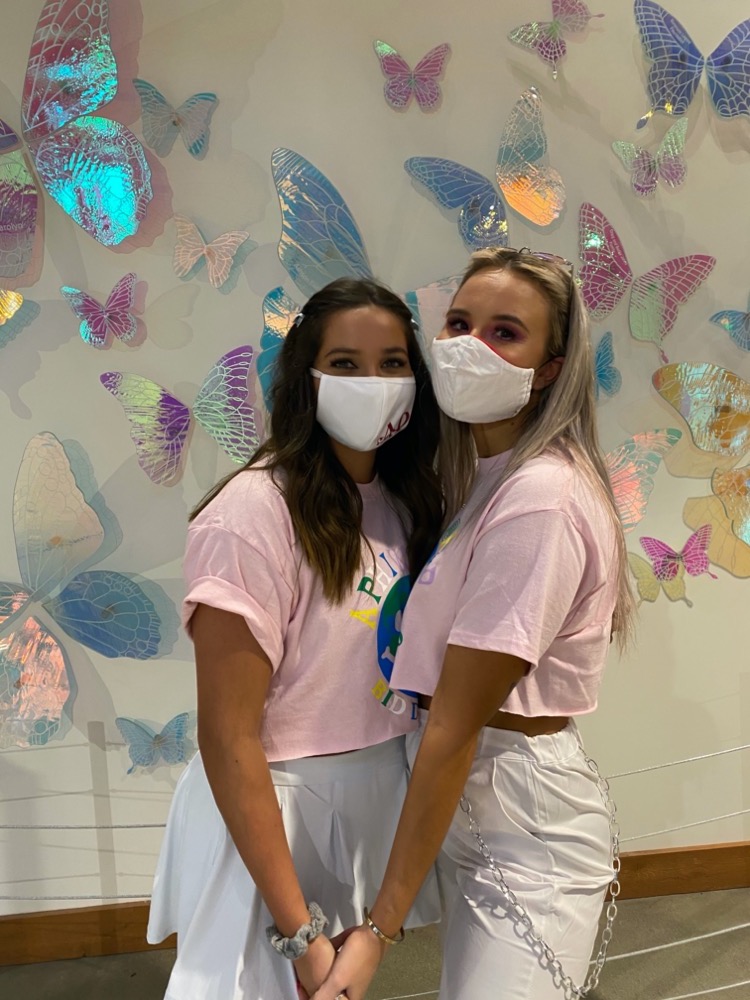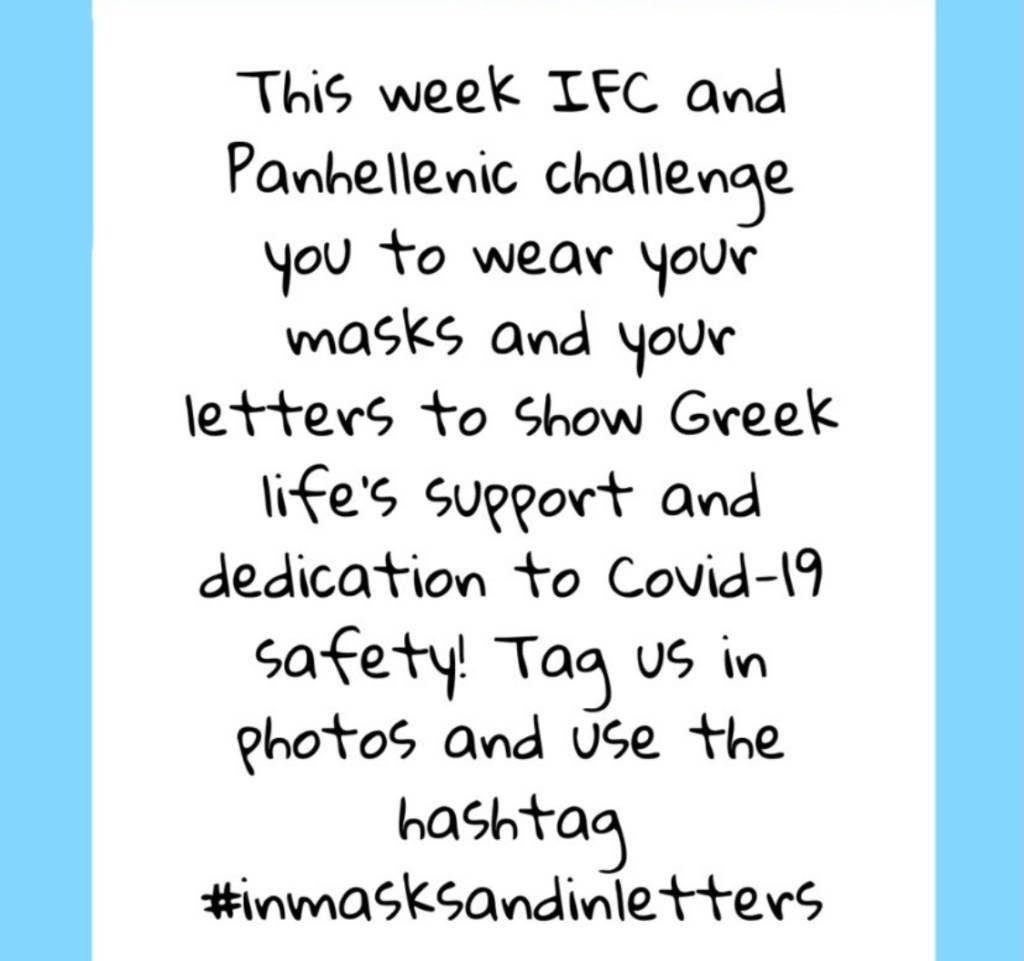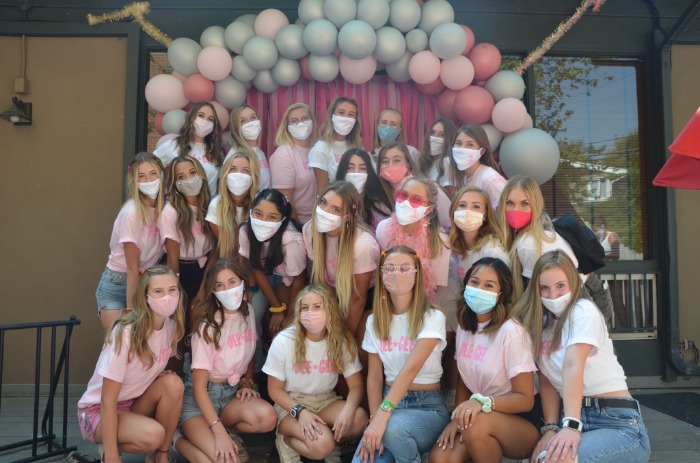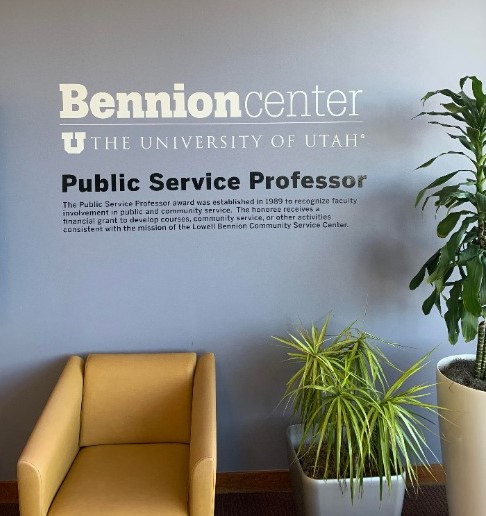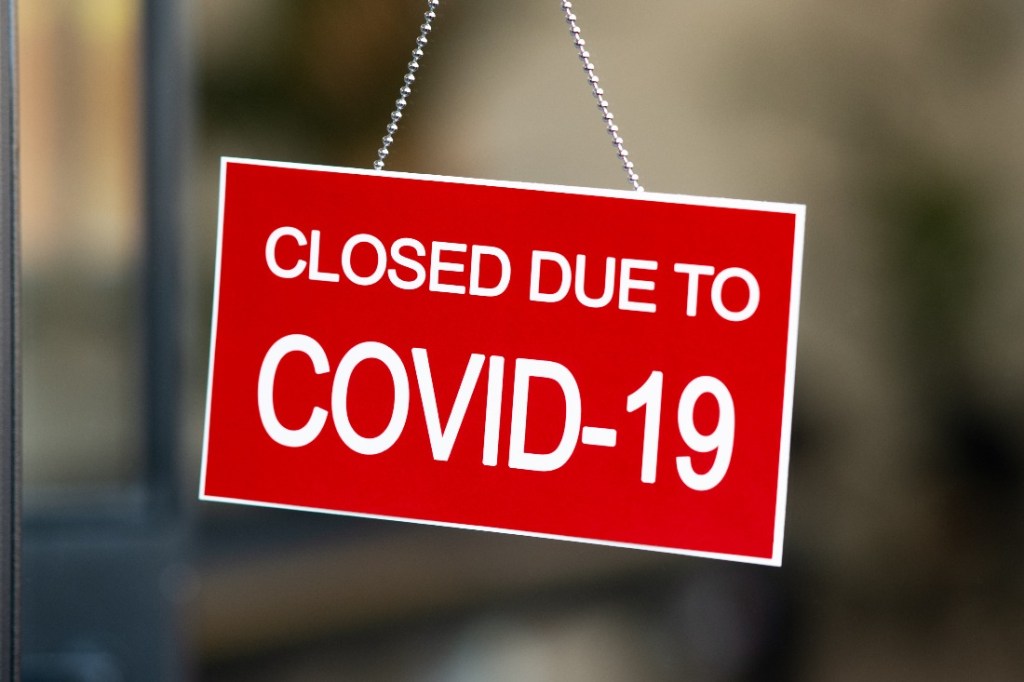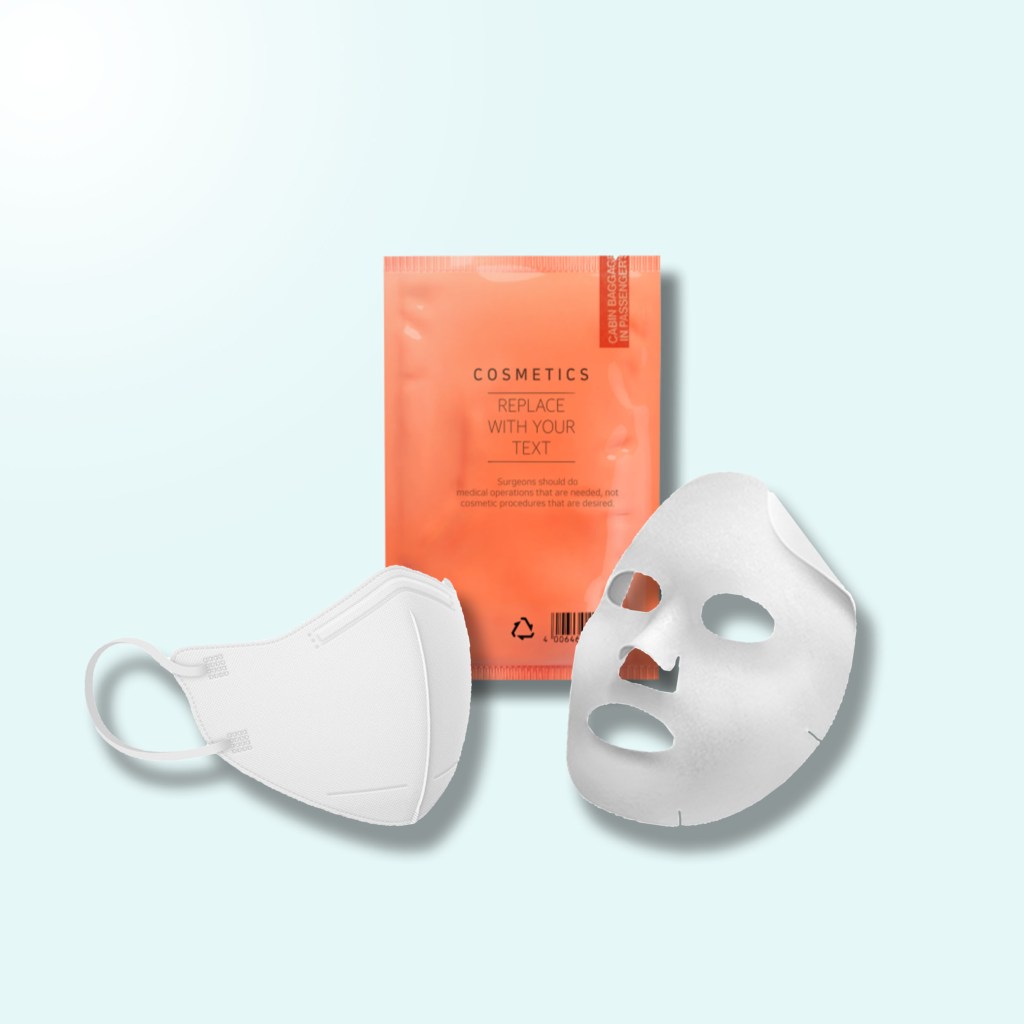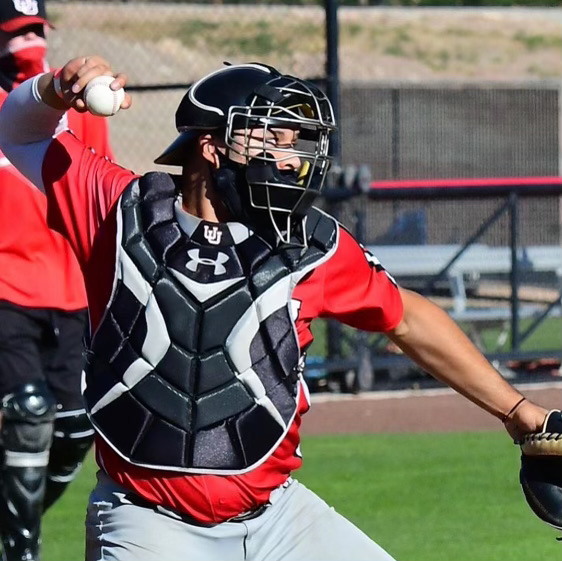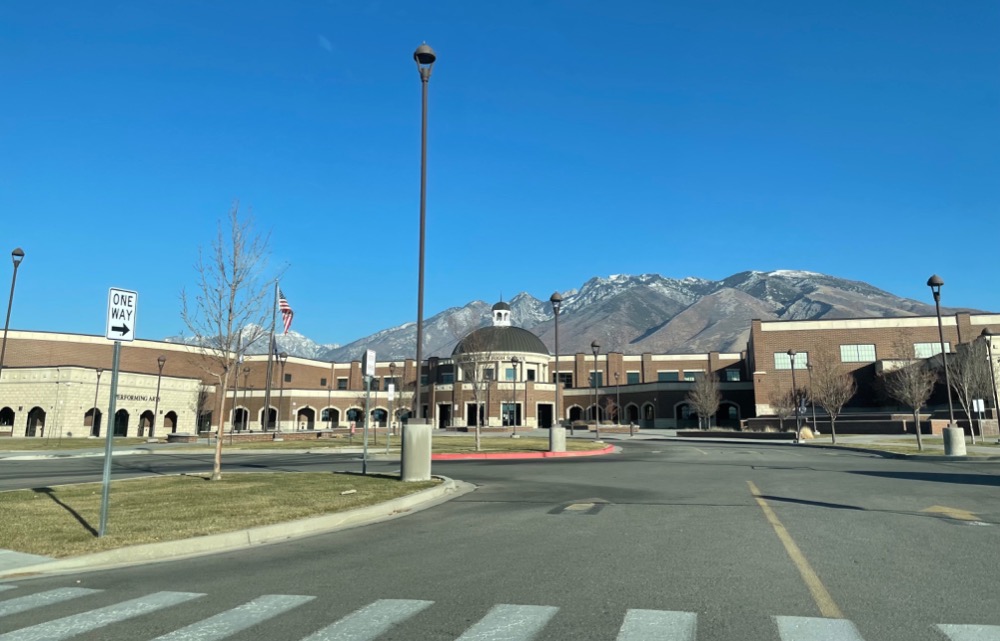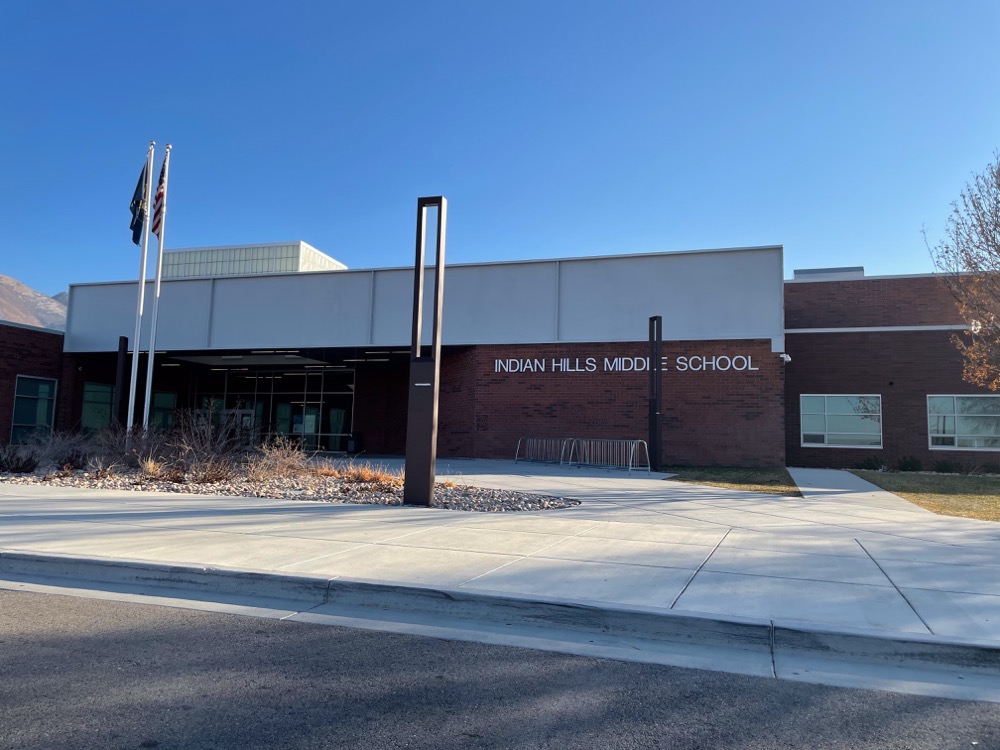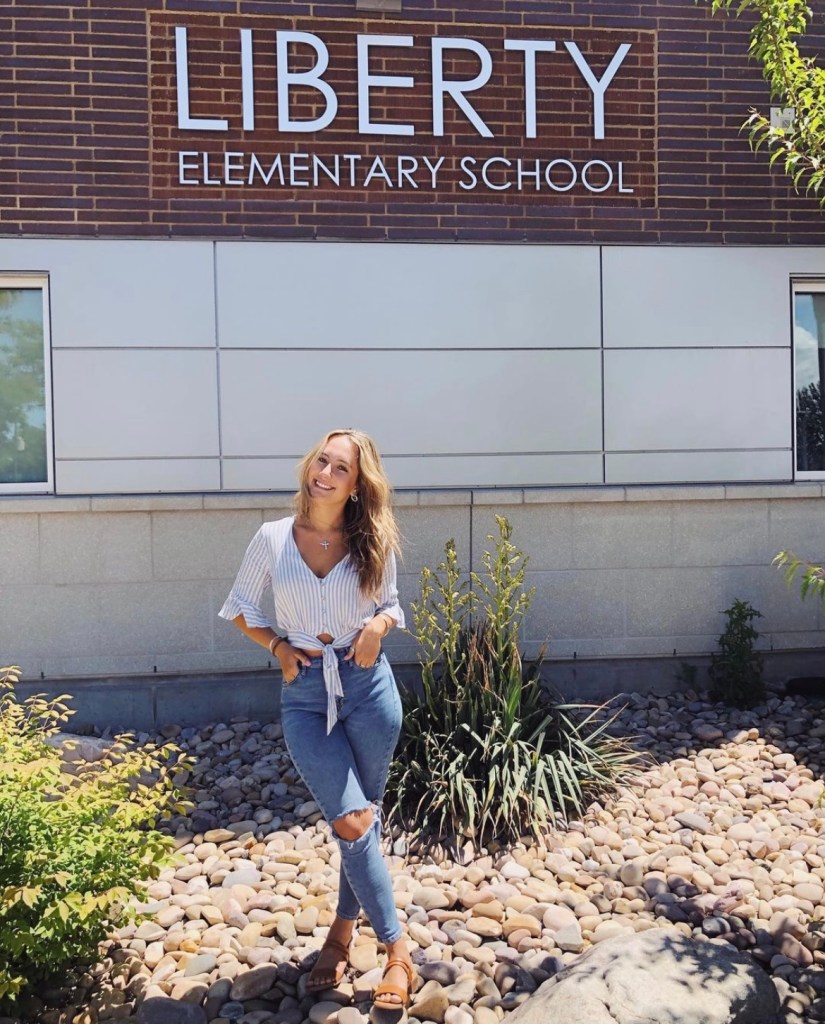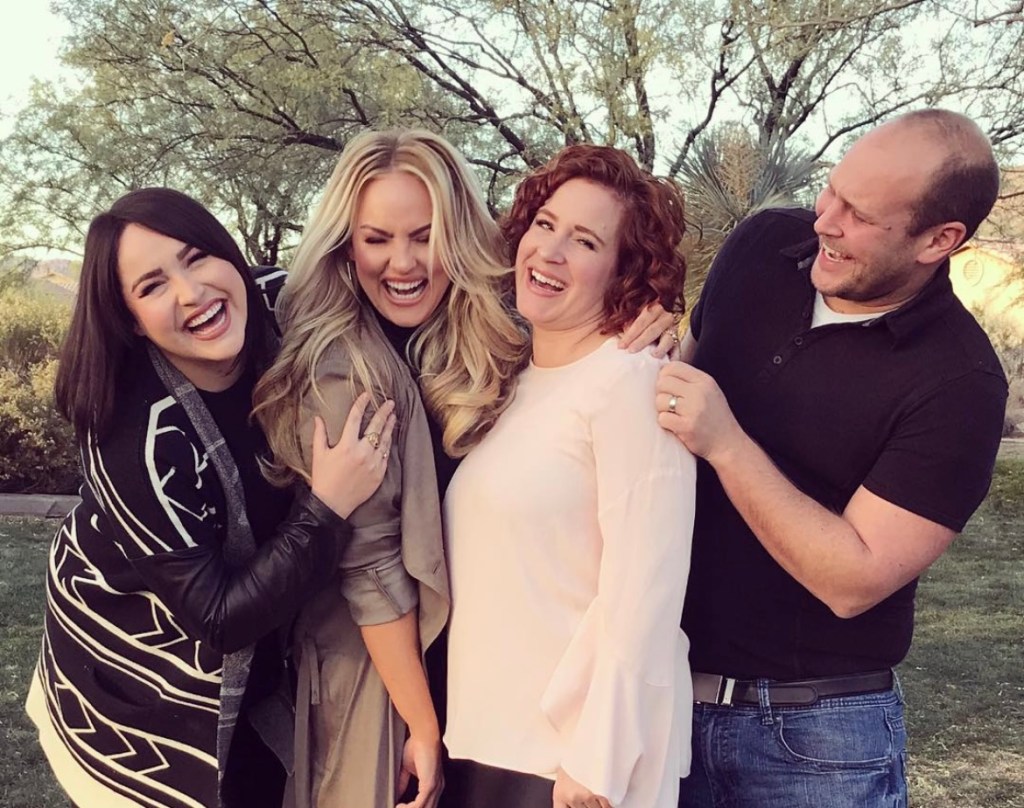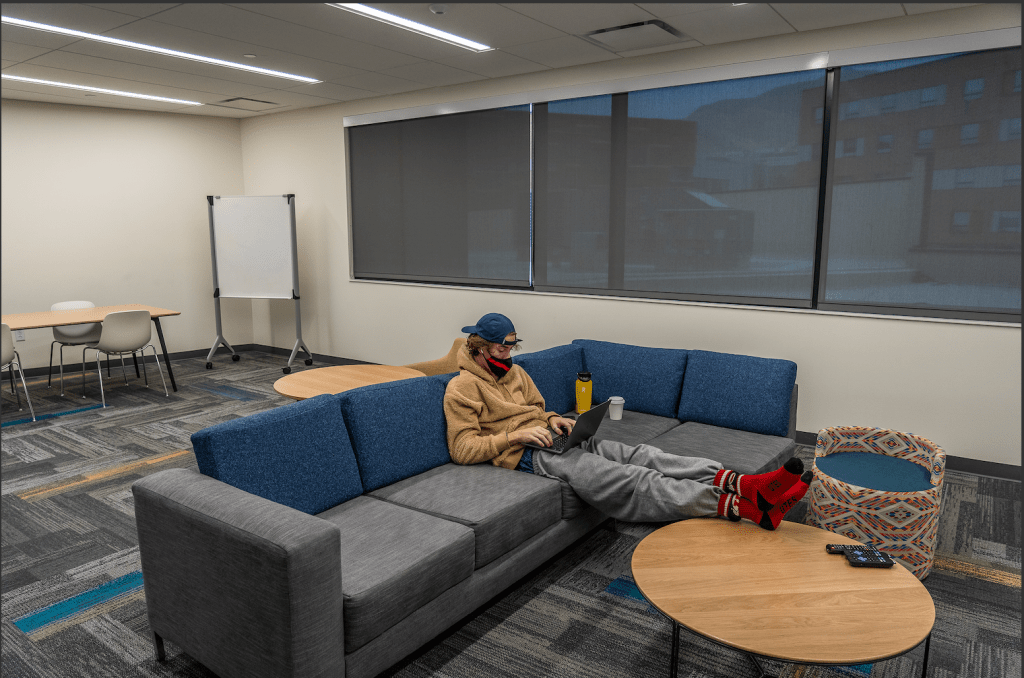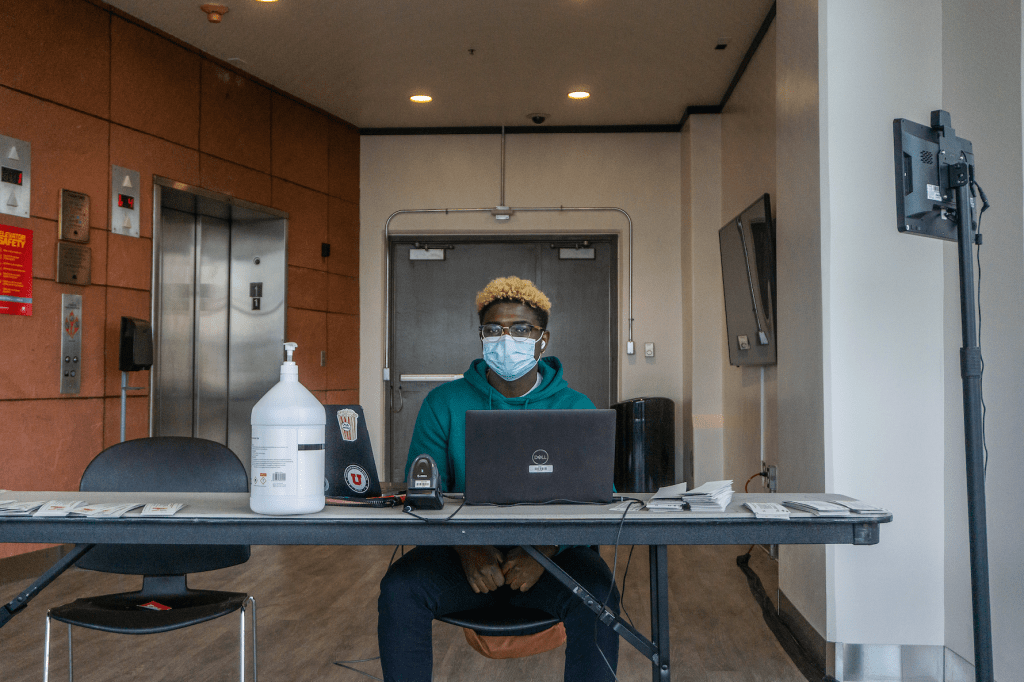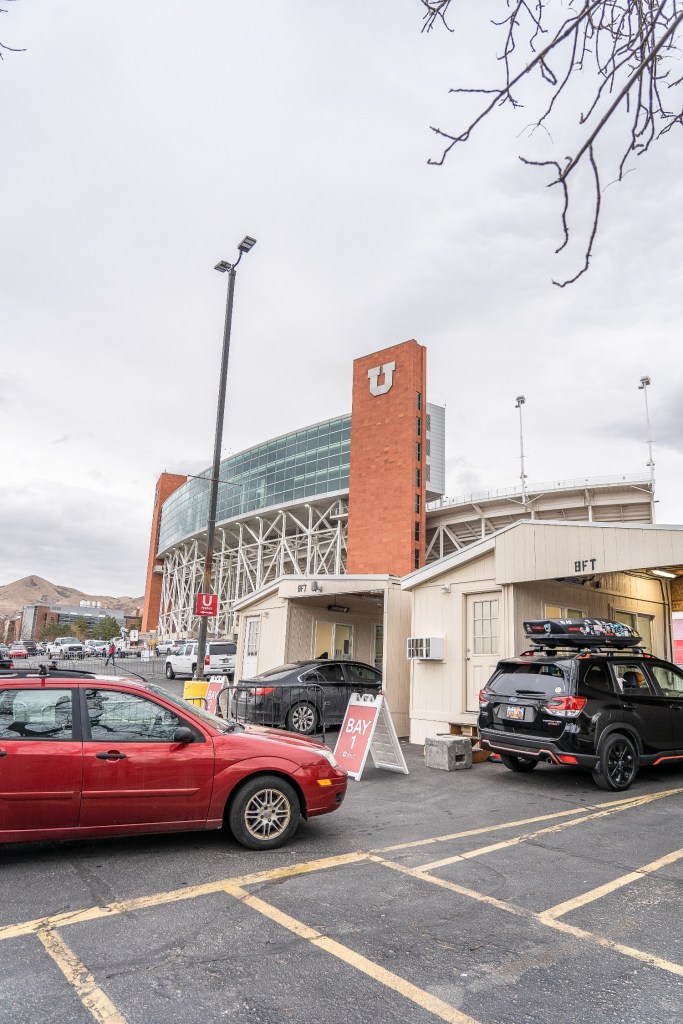Story by SALMA ABDALLA
Black women are more likely to struggle in society than white women because of systemic racism, discriminatory practices in healthcare and employment, and stereotypes that perpetuate those beliefs. As a consequence, Black women can become desensitized, and harbor more trauma that ultimately leads to physical health afflictions. All of this can also be linked to rapidly deteriorating mental health and emotional stability.
Most Black-identifying women struggle with vulnerability because being open implies losing their shield of shelter. A protective shield learned as a child to combat the systemic inequalities that manifest themselves in different ways. There is a cultural expectation that Black women need to uphold the notion that they are strong and able to tolerate more trauma. This is why Black women battle how vulnerability shows up in their lives.
When people pay close attention to Black women around the world they may wonder, “How often do they speak about their wellness? How often do they speak about their mental health? Have they been able to cry and let go of everything they can’t say aloud?”
When Black women face difficulties or trauma, there is a high chance that it can escalate to physical, mental, and emotional distress. They cry behind bathroom stalls and walk out as if nothing happened or shed tears in front of their steering wheel, while constantly repeating “I need to be strong.”
Other phrases include: “Keep your head up”; “You must be brave”; “Black women never cry.”
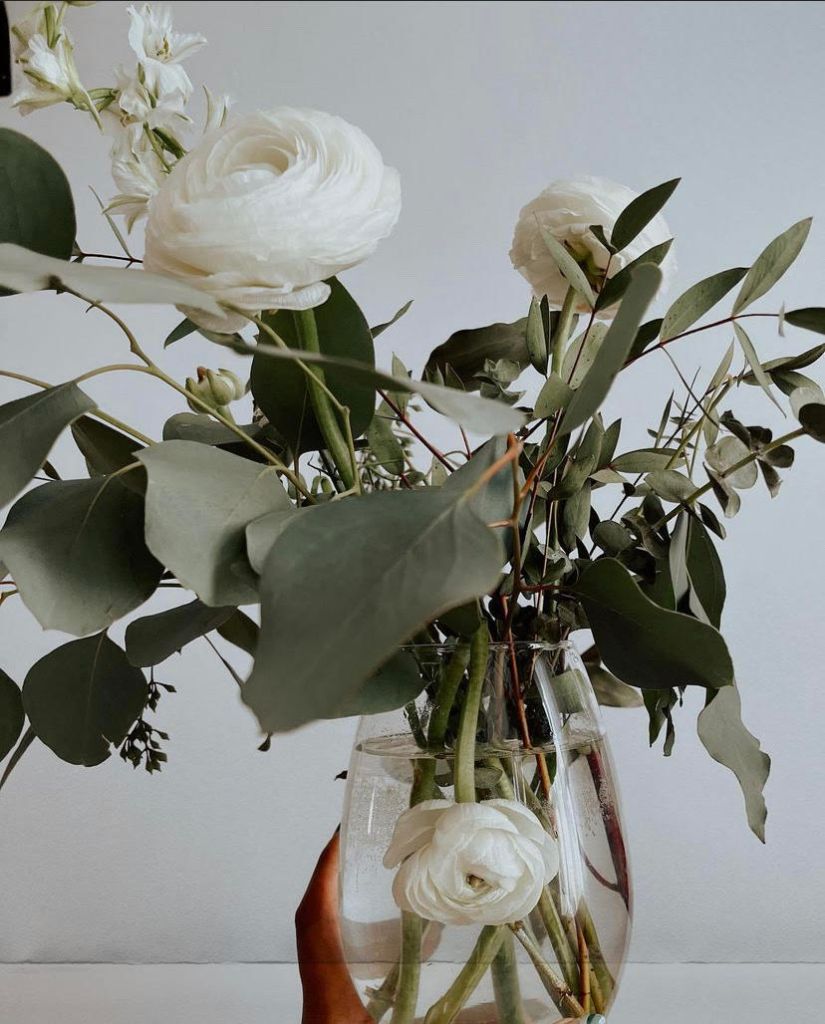
A quote from a journal entry.
“These messages are carried and internalized by Black women, and they influence their adulthood,” said Fathi Kofiro, a therapist and owner of Daryeel Therapy.
Kofiro has a master’s degree in Clinical Social Work and is a licensed graduate in private practice. She also is a certified clinical trauma professional trained in Eye, Movement, Desensitization and Reprocessing (EMDR) and Motivational interviewing, which is trauma training of a combination of advanced training for trauma victims.
Black women have grown up in traumatizing environments due to a variety of factors such as family, financial challenges, health, and school. These factors grew so strong that Black women keep spiraling in the same negative mindset, and they eventually become desensitized. “It pushes them into a state of survival mode,” said Kofiro in an email interview. With that being a result, Black women internalize a set of assumptions about themselves and the world.
Kofiro added, “I assist clients with resourcing and unlearning maladaptive coping systems to transition from survival to safety.”
Young Black girls in school try to suppress their feelings for fear of being humiliated. For example, when school isn’t going well, they tend to become overwhelmed and refuse to seek assistance. “I’m afraid to ask for help,” “If this individual looks at me like this or that,” “Would the class laugh if I raise my hands,” and so on.
Sabrina Abdalla said in an interview on Oct. 11, 2021, that even though these issues have existed for a long time, the pandemic has made it more difficult for Black women. She said it made them realize how essential their health is and how critical it is to look after themselves.
“When they wake up every day in isolation, they are confronted with their demons and fears,” said Abdalla, founder of Cirri, a creative wellness platform for Black girls, women, and femmes. “All sense of normalcy is thrown out the window when you wake up to yourself, sleep with yourself, and chat to a computer. All you have are your thoughts and a place to consider them.”
Kofiro said, “Trauma does damage your attention and the quality of your life, women have been failing school due to the stigma of not being able to have rough moments because they are used to being looked at differently, depression and anxiety can be symptoms of trauma. It has an impact on your capacity to do effectively in school. Because trauma alters our neural system, trauma work is essential.”
Kofiro said, “Outside experiences will affect you if those experiences are cyclical and negative. Resiliency means overcoming adversity, but it also means being a change agent in your life once you have overcome adversity.” She continued, “Many people overcome by adapting to their circumstances; however, we sometimes require support and resources for change to occur. For good reasons, the Black community does not always ask for assistance.”
The older these women get, the more they realize how disparities manifest in their daily lives, impact their mental health, and how exhausting their lives can be.
When it comes to healing completely, Black women turn to their communities, finding support groups, therapy, social media of women who look like them and know its education.
Abdalla has fostered a social community to stimulate communal dialogue and inspire, encourage, and give hope to the Black women who come onto the platform. “It’s important to have a community that supports and uplifts you,” said Abdalla, who was profiled in an October 2021 article. “It’s necessary because your community is a reflection of you and your potential. Recognizing a lack of space for creative wellness, particularly for Black women, Black girls, and Black femmes, inspired me to create Cirri. I created it to build the social advancement of Black women through art programming, creative engagement, and collective empowerment. I wanted it to be a space to share resources and encourage everyone to live a creative, well life. My message is to amplify voices and be the mountain created for people to lean on for support in their creative endeavors.”
Each month, Abdalla shares reflective journaling prompts to her community. “The Secrets to a Creative Month is a post of reminders and check-ins at the beginning of each month,” she said. “The words are centered around what Cirri values and intends to promote through our work and content. Reflective journaling prompts, affirmations, and other resources are included in the range.”
October 2021 focused on having an abundant month by cultivating a solidarity mindset to encourage a collective mentality rather than an individualistic outlook on life.
Abdalla creates monthly promotions and workshops for women to learn life skills like writing and becoming the best version of themselves. Weekly and monthly check-ins are vital for Black women’s mental health because they allow them to be vulnerable, and sometimes allow them to open up to others, realizing that they are not alone.
Before the pandemic, Abdalla would host workshops centered around wellness and creativity to give Black women a chance to show their artwork and space to feel comfortable. “Our workshops challenge the stereotype of strong Black women, as well as other damaging stereotypes that limit our expression, and create a space for us to be more vulnerable and reclaim our narratives,” she said.
Support groups, workshops, and social media show hope that Black women will not be in that cycle forever.
Practicing self-care and building the woman they want to be, not waiting for the right day to come but including daily habits to increase that mentality that they deserve to be treated with love, respect, and equality.
Abdalla recommends the following self care tips: creativity, water and healthy eating habits, surrounding themselves with a community of friends that care for them and help them succeed, and to check in with themselves and identify what has been hurting them.

To break from the cycle, individuals must confront the obstacles they face. Once the storm has passed, they’ll forget how much they have suffered in silence.
But one thing is for sure. Once the barrier has passed, they become more knowledgeable and informed. They can encourage children to live the life they wish they could. And break the cycle.


